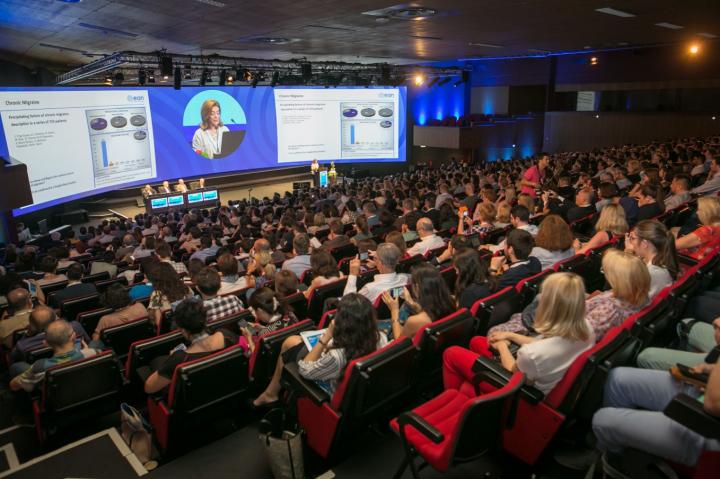At the recent Academy of Neurology Congress, scholars reported that among 1,034 people recruited from 35 countries via an online crowdsourcing platform asked if they'd ever had an Near Death Experience, 289 answered 'yes.' When were asked for more details, using a 16 point questionnaire called the Greyson Near-Death Experience Scale, 106 reached a threshold of 7 on the Greyson NDE Scale. Some 55 percent perceived the their feeling as truly life-threatening.
Among respondents, 73 percent who claimed a near death experience said it was unpleasant, but those with a score of 7 or above on the Greyson NDE Scale had 53 percent pleasant descriptions of it.
About 10 percent of the public claim to have had mystical near-death experiences, including out-of-body sensations, seeing or hearing hallucinations, racing thoughts and time distortion. In the latest survey, experiences most frequently reported included: abnormal time perception (87 percent), exceptional speed of thought (65 percent), exceptionally vivid senses (63 percent) and feeling separated from, or out of their body (53 percent).

Credit: European Academy of Neurology
They described feeling at total peace, having their 'soul sucked out', hearing angels singing, being aware they were outside their body, seeing their life flashing before them, and being in a dark tunnel before reaching a bright light. Others spoke of being aware of another's presence before they went to sleep, or of a demon sitting on their chest while they lay paralyzed unable to move.
What might explain it?
Using other papers, the researchers found an association between NDEs and Rapid Eye Movement (REM) sleep intrusion into wakefulness. REM sleep is a phase of the sleep cycle where the eyes move rapidly, the brain is as active as when someone is awake, dreaming is more vivid, and most people experience a state of temporary paralysis, as the brain send a signal to the spinal cord to stop the arms and legs moving. When REM sleep intrudes into wakefulness, some people report visual and auditory hallucinations and other symptoms such as sleep paralysis, where they feel conscious but cannot move.
REM sleep intrusion on wakefulness was found to be more common in people with scores of 7 or above on the Greyson NDE Scale (47 percent) than in people with scores of 6 or below (26 percent), or in those below the threshold with no such experiences (14 percent).
Though they can associate REM sleep with near death experiences, correlation is not causation, especially not when the data are self-reported claims on uncontrolled surveys. However, identifying the physiological mechanisms behind REM sleep intrusion into wakefulness might advance understanding of why people feel like they have near-death experiences.
Reference:
- Prevalence of near-death experiences in people with and without REM sleep intrusion. Presented at the 5th European Academy of Neurology (EAN) Congress on Saturday, 29 June, 2019.






Comments